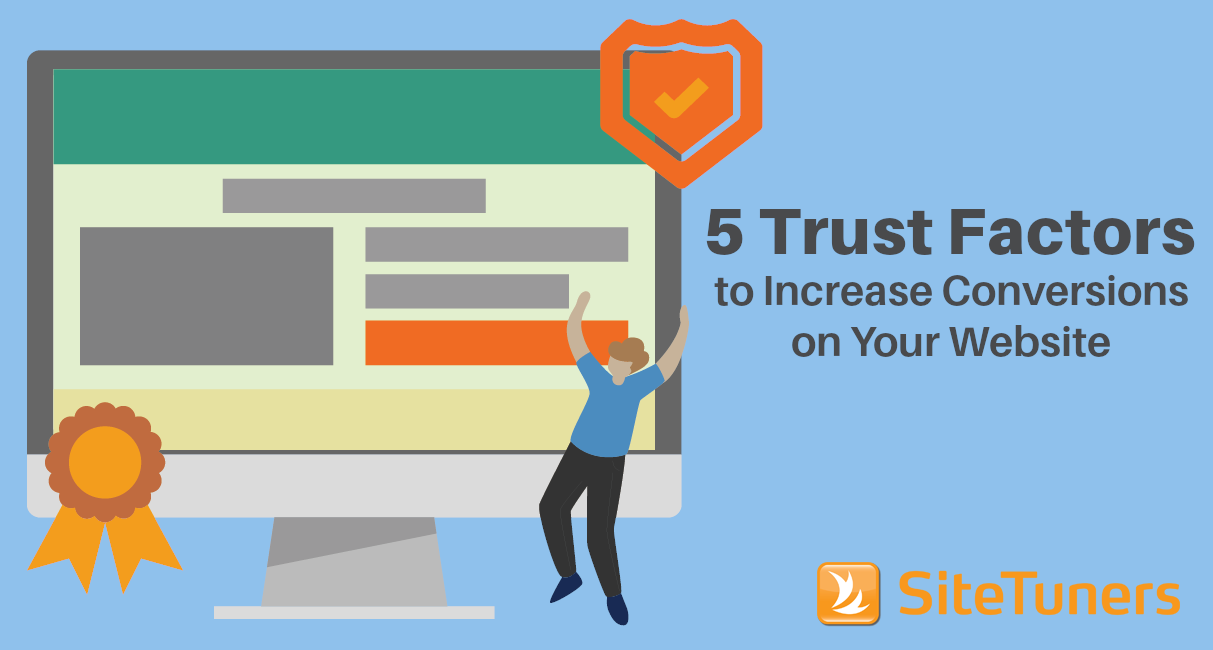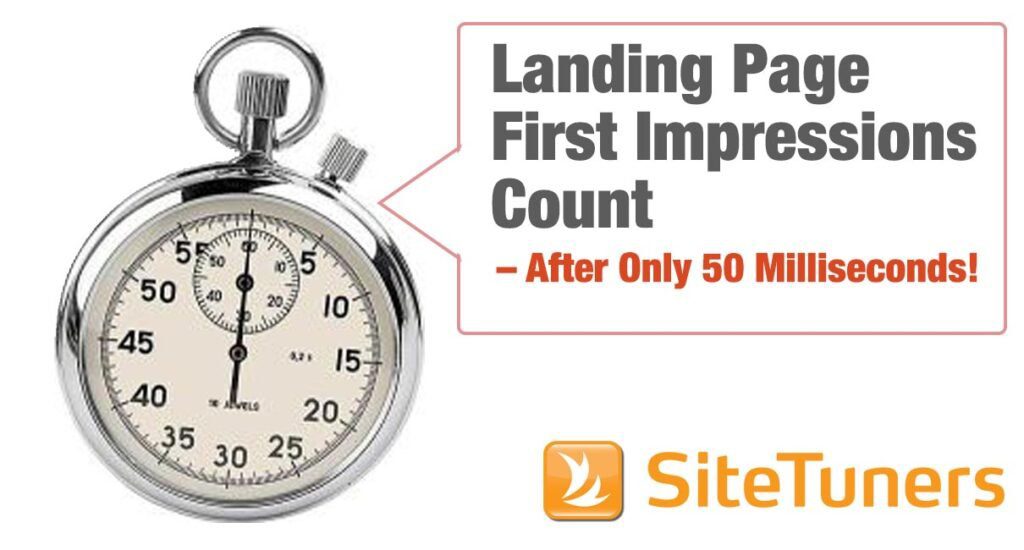
If your visitors don’t trust you, they won’t overcome their apprehensions about the dangers of web-based interactions. Your website plays an important role in earning visitor trust and confidence – it should come across as trustworthy and credible to encourage visitors to convert.
You can build trust in your website by focusing on the five factors listed below.
5 Website Trust Factors
1. Design Quality
Physical appearance matters.
Stanford University behavioral psychologist BJ Fogg and his colleagues found that that website design significantly influences users’ credibility judgements. Majority of online users judge a website’s trustworthiness based on how it looks. These judgements inform user decisions of whether they should trust a website or not.
Similarly, a 2011 study by Dr. Brent Coker of the University of Melbourne reveal that humans behave online as they do offline. This means that humans are more likely to trust beautiful websites in the same way that they trust beautiful people.
When it comes to earning the business of your users, a lot hangs on your website’s visual appeal. Users will infer the quality of your products or services from the way your website looks. A cluttered, unprofessional-looking website will reflect poorly on your brand and your products.
As such, the first step to building online trust is to have a professional, well-designed site. Visitor expectations of an appealing website are always shifting, but there are constant elements that promote excellent visual design – good site organization, clarity, appropriate color schemes, and proper use of images.
2. Usability
Here’s a pretty good reason to improve usability: visitors are more likely to trust a website that’s easy to use.
A 2006 study by Flavian, et. al. shows that trust is directly proportional to visitors’ perception of how usable a system is. User trust increases with increased ease of use on a website. The researchers also found out that greater usability positively influenced user satisfaction and built website loyalty.
The results of this study were confirmed ten years later by Acemyan and Kortum, whose study on The Relationship Between Trust and Usability in Systems shows that systems with greater usability enjoyed greater trust from users.
It makes sense: users won’t feel comfortable using a website that requires too much effort for them to navigate and accomplish tasks. Low usability can also reinforce existing fears about the risks of online transactions, especially among non-savvy users.
If you’re going to do just one thing to build a trustworthy website, then focus on improving usability.
3. Consistency
Consistency creates trust.
According to psychologist Robert Cialdini, humans have a need to be consistent and to be seen as such. This need for consistency extends to our relationship with others and our environment. People expect and value consistency in other people, and want as much stability as possible.
Consistency is viewed as a desirable characteristic since it usually relates to predictability, dependability and reliability. People tend to trust things that they’ve proven predictable and reliable since it decreases the likelihood of a negative effect from their decision.
On a website, consistency reduces uncertainty. It reassures visitors that the people and the company represented by the website will act with integrity and follow through with their promises.
For instance, a website with consistent design, branding, and messaging all throughout conveys a sense of reliability and builds familiarity among visitors. This helps them feel more comfortable with completing their tasks and transactions.
4. Authority
If you want a faster route to earning trust, then you need to establish authority.
According to psychologists, authority – the kind that doesn’t come from coercion, that is – has built-in trust. As social beings, people recognize and automatically trust authority figures. We look to them for their knowledge, competence, concern for well-being, and a variety of other things. Since people assume the goodwill of those who exercise authority, they believe that they will not act in any way that will be harmful to others.
A good way of borrowing trust from authority figures or brands is putting reviews, awards, media mentions or trade associations on the website. By doing this, your website benefits from the halo effect where the perception of authority extends to your brand or website through simple association.
5. Transparency
Nothing kills trust faster than ambiguity and doubt.
People want openness and honesty from their real-life interactions. No one wants to be in a relationship with someone who’s hiding something.
Buyer expectations of transparency are higher on the web since they must put their faith on a distant – and oftentimes faceless – seller. Online transactions are inadvertently skewed in favor of the seller so online buyers appreciate websites that provide them with as much relevant information as possible.
Transparency on a website is all about being upfront with any information related to the purchase or the company. For instance, the contact information must be prominently displayed to dispel doubts about a company’s legitimacy. Shipping charges, taxes, and other additional fees must be stated early and clearly so visitors know how much a product or service will actually cost them.
A high level of transparency on your website tells your visitors that you understand them and their concerns.
Design for a Trustworthy Website
In today’s modern environment, having an appealing website is a must.
But it is not enough.
The standards for how websites should look may have evolved, but conversion still boils down to visitor trust. If you want your conversions to improve, make sure that your website inspires confidence with quality and professional design, good usability, high level of consistency and transparency, and believable authority.



